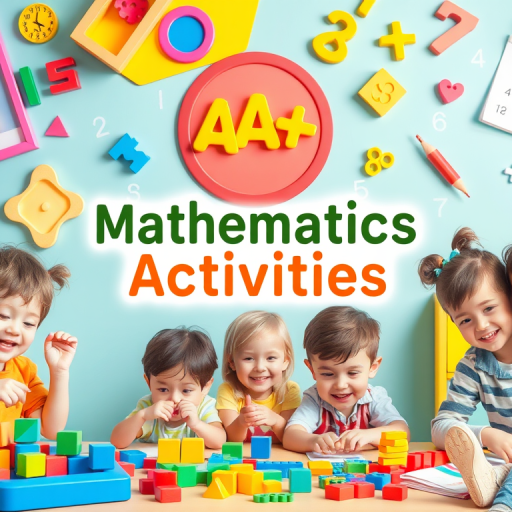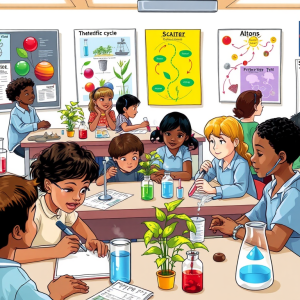Description
The document titled “KCSE MOCK-MATHEMATICS PAPER 1 QA MODEL” appears to be an examination paper for the Kenya Certificate of Secondary Education (KCSE) focusing on Mathematics. Here’s a comprehensive overview of its content:
Structure of the Paper:
- Instructions to Candidates:
- Candidates are instructed to write their name and admission number.
- The paper consists of two sections: Section I and Section II.
- All questions in Section I must be answered, while only five questions from Section II are to be attempted.
- Candidates must show all steps in their calculations.
- Non-programmable calculators and KNEC mathematical tables are permitted.
- Sections:
- Section I: Contains 16 questions, totaling 50 marks. Candidates must answer all questions.
- Section II: Contains additional questions, and candidates choose any five to answer, also totaling 50 marks.
Key Topics Covered:
- Numerical Evaluations: Questions involving calculations using square roots and reciprocals, including specific numerical problems.
- Algebra: Problems that require manipulation of equations, including the substitution of variables and solving for unknowns.
- Geometry: Involves calculations related to shapes, such as finding the equation of a perpendicular bisector and solving for areas.
- Statistics: Includes questions on finding standard deviation and creating frequency distribution tables.
- Trigonometry: Questions that involve calculating angles and heights using trigonometric relationships.
- Graphical Analysis: Questions that ask candidates to solve simultaneous equations graphically and using matrix methods.
- Measurement and Conversion: Problems that require understanding and converting between different units, such as currency conversion and volume calculations.
- Word Problems: Scenarios that require the application of mathematical concepts to real-world situations, such as calculating the mass of wood used in a construction project or analyzing the movement of trains.
Specific Examples from the Paper:
- Candidates are asked to evaluate expressions and solve inequalities.
- There are geometry problems involving angles, circles, and parallelograms.
- Algebraic simplifications and evaluations are necessary for certain questions.
- Real-life applications, such as financial transactions and conversions between currencies.



Reviews
There are no reviews yet.